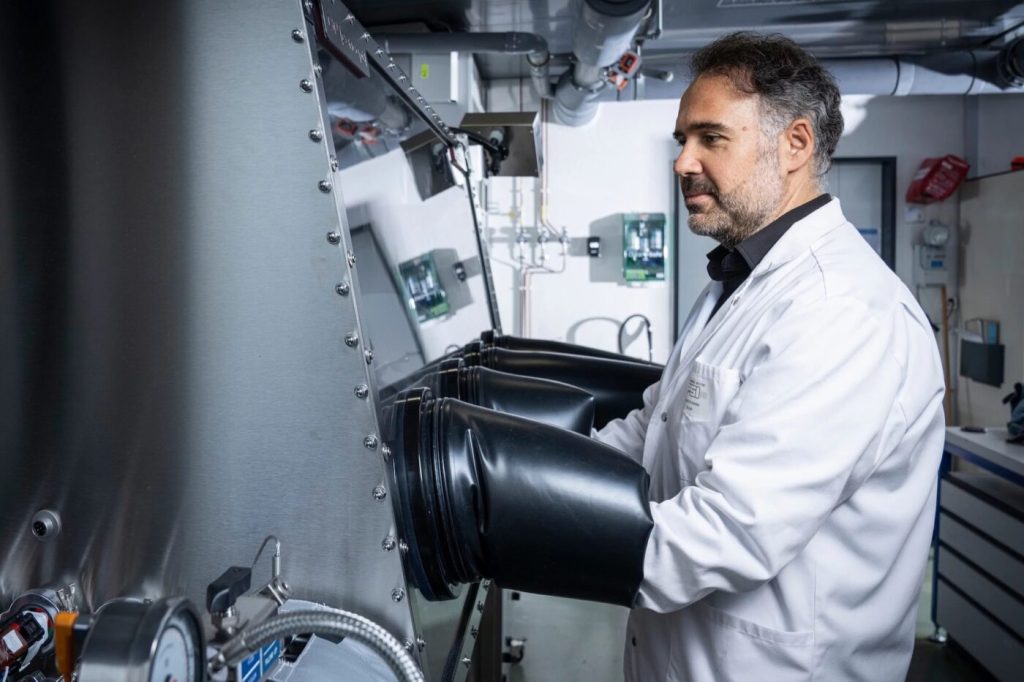Researchers at the Paul Scherrer Institute (PSI) in Switzerland have developed a novel process designed to enhance the performance of lithium-ion batteries. The breakthrough focuses on creating a protective layer for cathodes using trifluoromethane (CHF3), a gas that is typically produced as a by-product during the manufacture of plastics like PTFE, PVDF, and foam.
In their laboratory experiments, the PSI team, led by project leader Mario El Kazzi from the Centre for Energy and Environmental Sciences, initiated a reaction between trifluoromethane and a thin lithium carbonate layer covering the cathode surface. This reaction, which occurs at 300 degrees Celsius, converts lithium into lithium fluoride (LiF) while preserving the lithium atoms as ions. These lithium ions are essential for the charging and discharging cycles of the battery, ensuring that the battery’s capacity is maintained throughout its operation.
The researchers also tested the new protective layer by subjecting it to high-voltage electrochemical tests. The results showed that the coating remained stable even at high operating voltages of up to 4.8 volts, a significant improvement over conventional uncoated cathodes. “This is a clear sign that our protective layer minimises the increase in resistance caused by the interfacial reactions that would otherwise occur,” said El Kazzi.
The new coating improves battery performance by reducing impedance, or resistance, for lithium ions at the cathode interface. After 100 charge-discharge cycles, batteries with the coated cathodes showed a 30% reduction in impedance compared to untreated cathodes. Additionally, the capacity retention of the coated batteries was over 94% after 100 cycles, compared to just 80% for untreated batteries, with no loss in charging speed.
El Kazzi emphasized that the lithium fluoride protective coating could be applied universally to most cathode materials, potentially increasing the energy density of various battery types, including nickel- and lithium-rich high-voltage batteries.
The process also offers environmental benefits, as trifluoromethane is a potent greenhouse gas, over 10,000 times more harmful to the climate than carbon dioxide. “By converting it into a uniform thin LiF protective layer, we are not only improving battery performance but also recycling this greenhouse gas, making it part of a circular economy,” said El Kazzi. This innovative approach to managing trifluoromethane could help mitigate its environmental impact while contributing to the advancement of battery technology.
